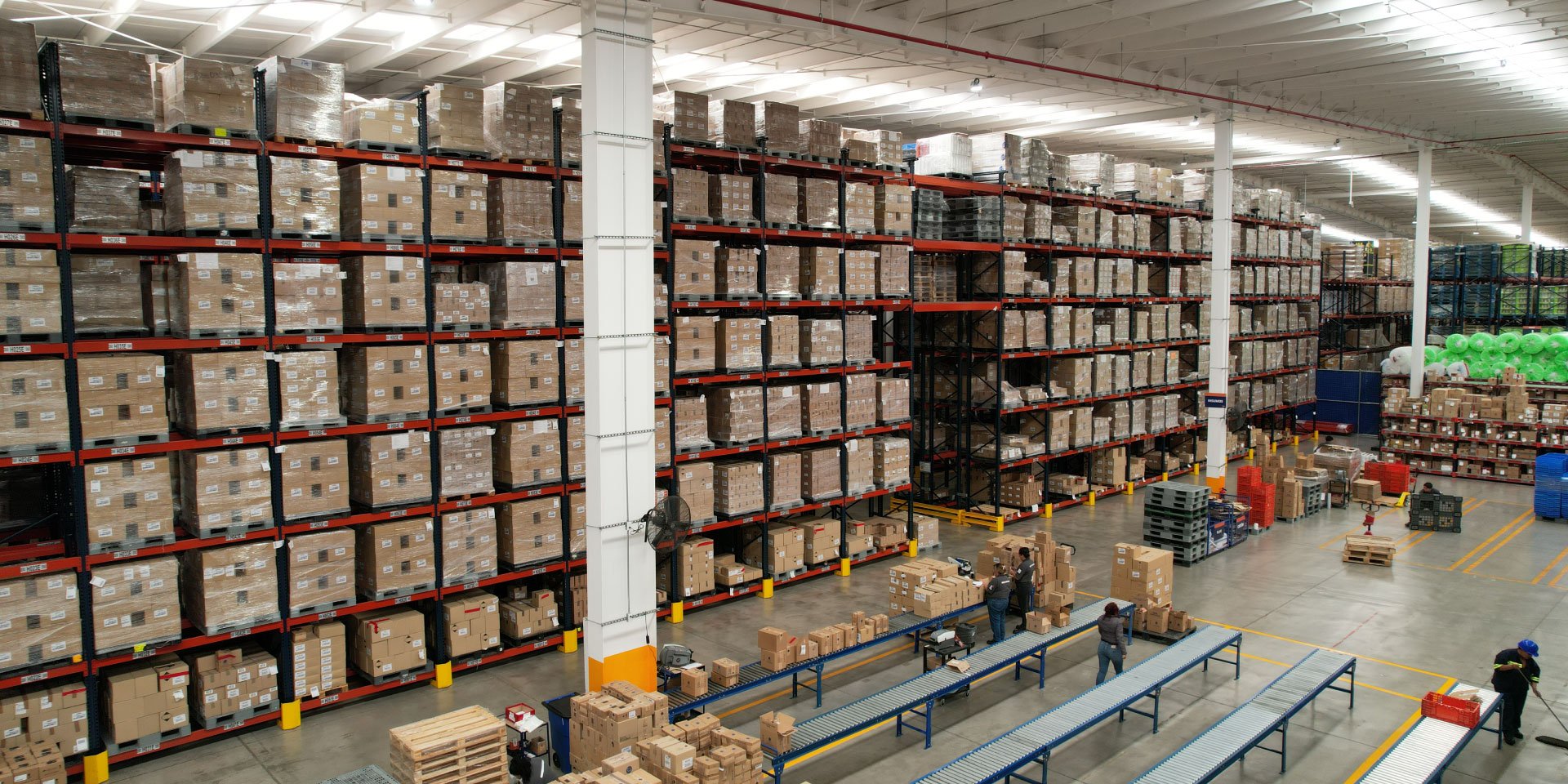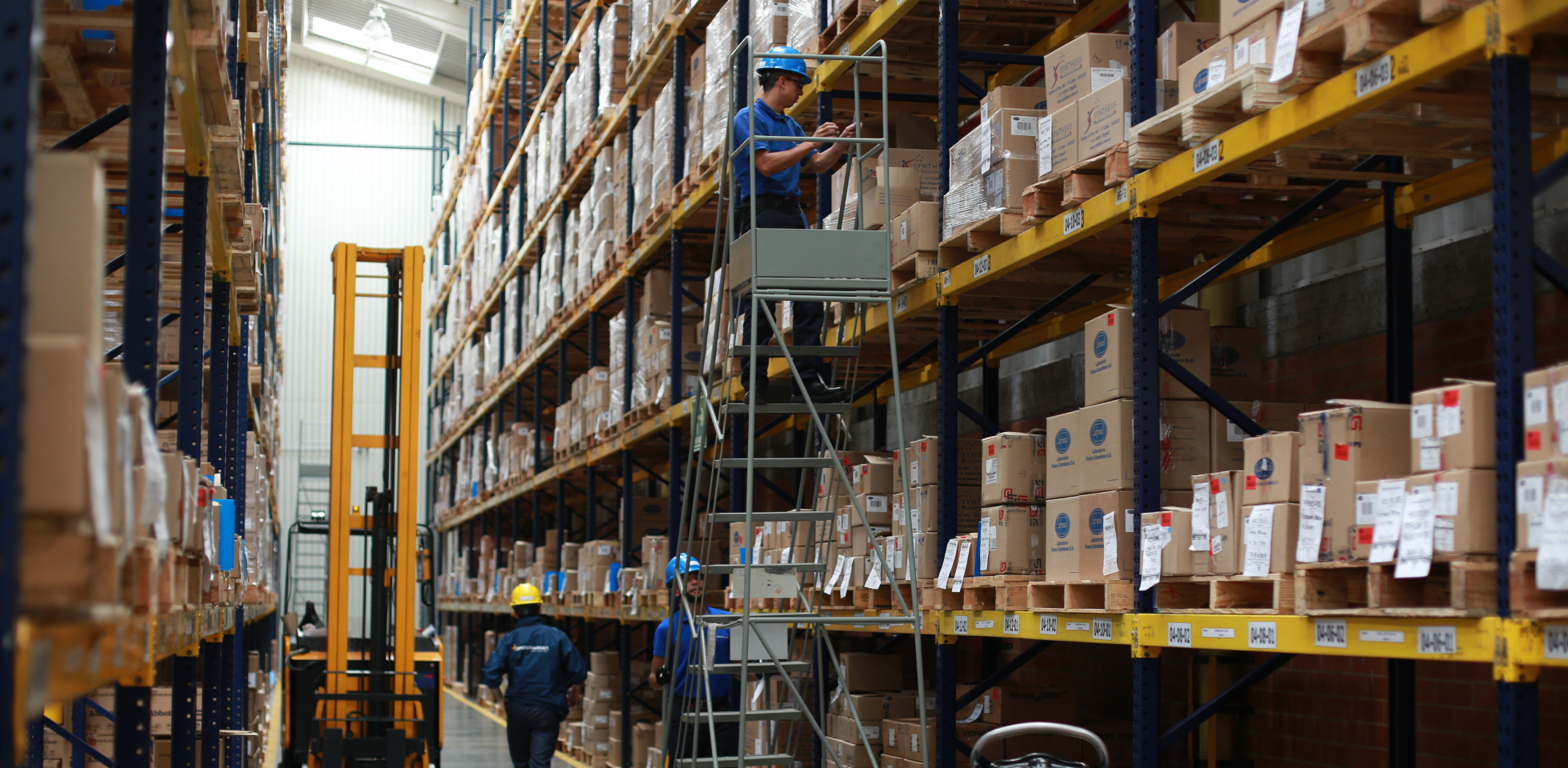Cyclic counting, for most small and medium-sized companies, is an excellent option to traditional annual physical inventory. This is a counting technique based on periodically counting reference groups instead of carrying out a single annual inventory. It offers a more accurate and consistent idea of the total inventory while reducing interruptions and administrative inventory costs.
There are many ways in which we may carry out cyclic counting in our warehouses and all of them share the same basic features, starting with its cyclic nature. These are the three most used:
- ABC analysis: Based on the Pareto principle, which states that 20% of references represent 80% of sales. According to this, we assign a turnover category to each reference based on its sales rate.
- Group Cyclic Counting: Companies and warehouses that are implementing cyclic counting for the first time tend to use this method. We choose some SKUs to count several times during a brief period so we can detect counting errors and improve the process’ agility.
- Random Cyclic Counting: if there are no relevant characteristics that make a difference, we randomly create groups.
A Continuous and Cyclic Counting
Of course, cyclic counting implies including products in a cycle in which we will count them periodically. However, and contrary to an annual stock-taking that demands all operations to stop so we can count each product at a time, cyclic counting divides the inventory in manageable parts we can carry out every day, week, and month. When we finish a cycle, we immediately begin a new one.
A Counting that can be Specific and Prioritizing
An important and common issue companies have with annual inventories comes from the huge gap in the year-over-year data, which frequently results in unexpected losses and discrepancies, especially for high-value products because nobody checks them between counting.
Nevertheless, cyclic counting allows us to separate products in groups, according to value and relevance for the company. Turnover rate, size, and reference type are some of the many criteria we can use to set up the reference groups to count. Thus, for example, we may count those with higher value more frequently. In this manner, we can greatly limit the chance for discrepancies and stop them from accumulating over time to the point where we lose all control over them.
A Scalable Counting
It is clear that annual physical inventories become increasingly difficult to manage as the business expands and pausing operations to carry out the counting is not profitable; therefore, many companies hire additional help just for this scenario. But, if we were to break it down in smaller, more manageable cycles, companies can expand at their own pace and not fall in disarray when it is time to take inventory.
A Counting in Specialized Hands
To carry out an annual physical inventory, most companies involve their complete staff, putting other tasks in the background. In addition, not every employee will have the necessary skills or patience for counting accurately, which will result in confusion and doing things twice or more times.
Meanwhile, when we embrace cyclic counting, we can use a team that has been trained in the art of counting that performs its duty and delivers consistent results every day of the week.
Other Advantages over Annual or Semi-annual Counting
Compared to these alternatives, cyclic counting also offers advantages such as lowering the risk of breaking, guaranteeing increased knowledge of the stored references, expediting the detection and removal of faulty or damaged items, and facilitating the detection of mistakes and discrepancies between the ERP system and the WMS system.
In short, even when it seems like we are adding extra work, in reality we are simplifying it.






